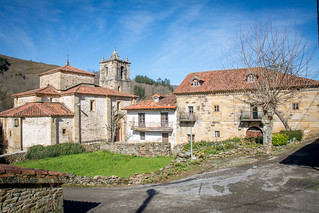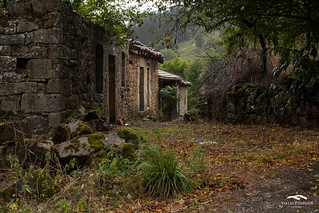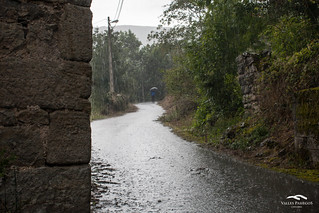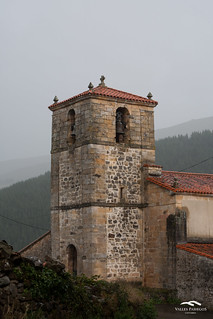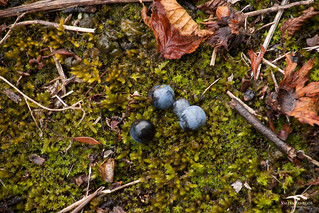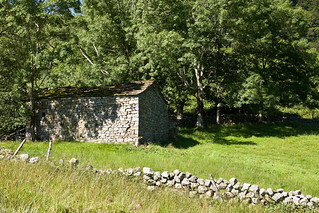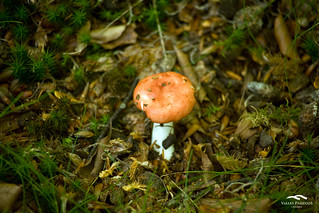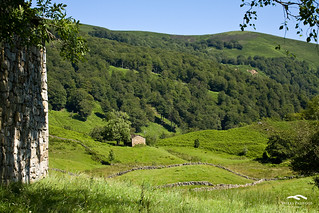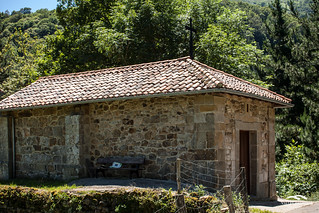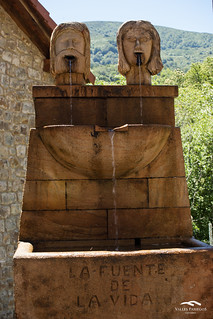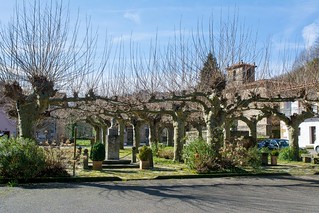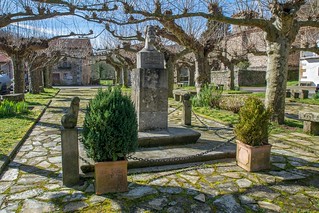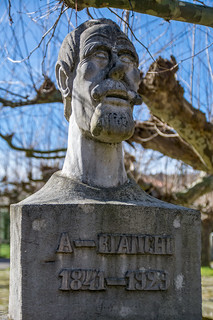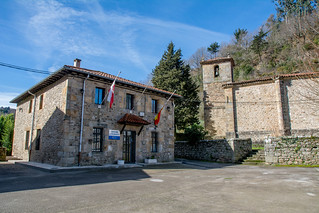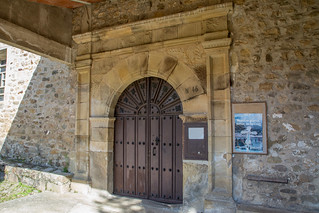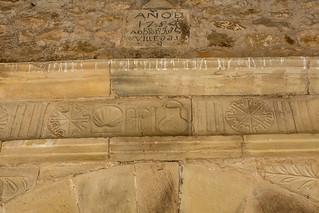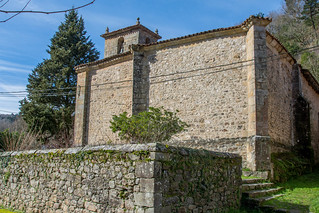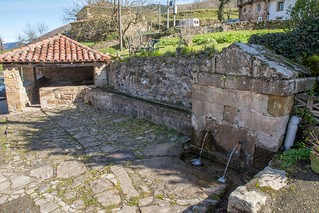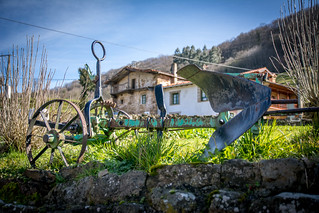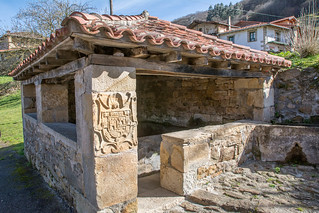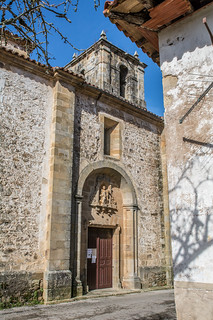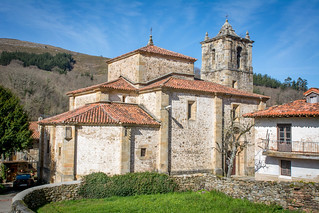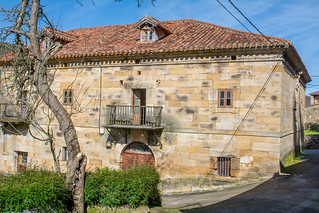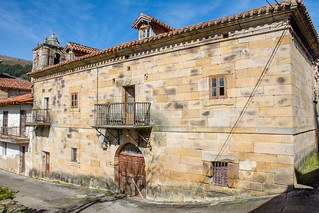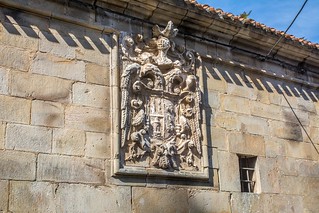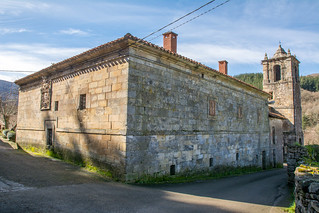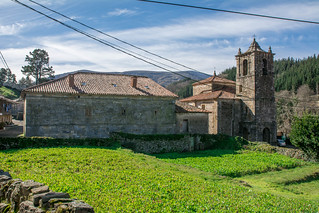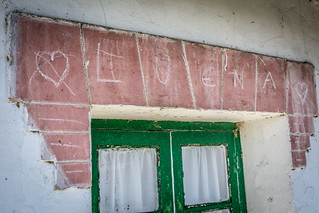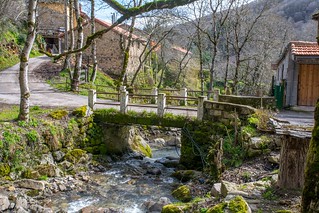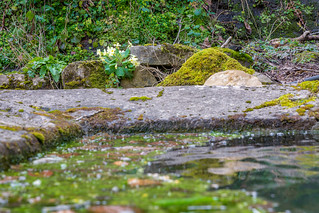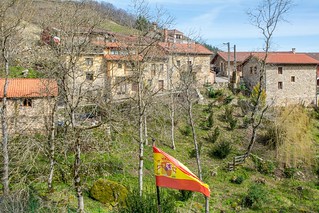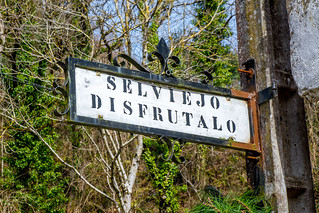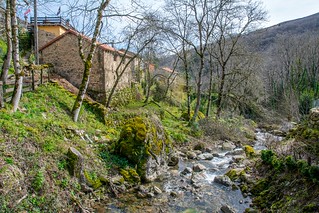CITY COUNCIL
Luena
Contact
Ayuntamiento de Luena
San Miguel de Luena, s/n
39687 San Miguel de Luena
Phone: 942 595 201
Fax: 942 595 201
E-mail: ayto.luena@hotmail.com
Schedule:
Administration: Monday to Friday from 09:00 to 14:30h. / Tuesday and Thursday from 18:00 to 21:00h.
Secretary: Monday to Friday from 09:00 to 14:30h.
Major: Tuesday and Thursday from 19:30 to 21:00h.
Share this
On a hill between Resconorio and El Cocejón, we find Mojón de Pedruecos, a great megalithic monument with a height of two and a half metres and a reference of architectural heritage in the area.
Also preserved between Luena and Molledo are the remainders of the Roman campsite Cildá and ruins of a Roman forts used during the siege against the Cantabrian people. One of them, located in Cotero de Marojo, has two big V form pits and the other one located in Cotero de Medio, has an artificial terracing that delineates a defensive, oval shape perimeter, similar to the Roman campaign castles of Galia.
General placement:
In Puerto del Escudo, Cantabria-Burgos limit, southwest corner of the region. Limits north with Corvera de Toranzo and east with San Pedro del Romeral.
Population: 857 Extension: 90,8 Km2 Altitude: 210-1.396 m.
Towns: Bollacín · Bustasur · Carrascal de Cocejón · Carrascal de San Miguel · Cazpurrión · El Cocejón · Entrambasmestas · La Garma · Llano · Ocejo · Los Pandos · Pandoto · La Parada · Penilla · La Puente · Resconorio · Retuerta · San Andrés · San Miguel de Luena · Sel de la Carrera · Sel de la Peña · Sel del Hoyo · Sel del Manzano · Selviejo · Tablado · Urdiales · Vega Escobosa · Le Ventona · Vozpornoche.
Capital town: San Miguel de Luena
Festivities:
[MEC id=”1580″]
It is located in a mountain area with altitudes higher than 1,000 metres in the Magdalena riverside, early Pas affluent. Has steep slopes, covered by pastures for cattle exploitation, and countless Pas cottages along the valley sides, forming a characteristic landscape. The river crosses pasturelands and cottages through a 700 metres slope to then cross some beautiful gorges until its confluence with Pas river, in the town of Entrambasmestas. The importance of cattle farming in this area can be seen in the extense pasturelands. There still are, however, remainds of ancient forests, like the oak grove next to Valabantos stream, the ash trees growing next to some cottages or centenary species such as one beech tree in Resconorio, the “Gran Cagigo” in San Miguel or the “Cagigo de la Campana” in Los Pandos. Generally speaking, beech, oak, holly and birch trees are the most common tree species in this municipality. Are also frequent ash trees, especially in slopes and riversides. In the municipality we find the trout preserve of Riolangos. It is usual, too, eel and minnow fishing. It is frequent the presence of wolfs in the mounts of Luena.
E-mail: luena@ayuntamiento.es
Address: San Miguel de Luena, s/n
Municipal services: See map
- Archaeological heritage: examples of this richness are Mojón de Pedruecos, megalithic monument, the Cave of Churrón, in Ocejo, and the remains of Roman campsite in Cildá, in the division Magdalena-Besaya.
- Religious architecture: the chapel of Los Remedios (Selviejo) is a building from mid 16th century that has some altarpieces. In Santiago Apóstol in Entrambasmestas, from 17th century, is kept an altarpiece with extraordinary relief, another of Rococo style from mid 18th century and an interesting stone pulpit. Stand out aswell the temples of San Miguel and San Andrés de Luena.
- Civil architecture: in San Andrés de Luena stand out the House of Joaquín Ibáñez de Corbera, of El Santo Oficio of Navarran Inquisition. In Entrambasmestas lined up houses can be see around the monument of painter Agustín Riancho.
- The Pas cottage: are of special ethnographic interest the countless popular buildings in the municipality. Farming cottages scattered throughout pasturelands around the population centres configure a singular scenary, influenced by Pas exploitation system which drove it to adapt wide terrain extensions to the seasonal “muda”.
Farming is the economy basis in the municipality, although the Escudo road’s transit also accupies a high percentage of its inhabitants in the service sector. Beef cattle provides an excelent raw material for the elaboration of cheese, butter and an extraordinary bakery of big regional fame. On the second Sunday of October is celebrated in Entrambasmestas an annual, well-known Fair, in which numerous region farmers meet.
- Rise to Puerto del Escudo (14 Km): car or bike route of great natural interest that crosses the whole municipality. Starts from House of Cin, in the pass road, direction to Resconorio. It is advisable to check the weather forecast, since the frequent fog and intense rain can prevent the visitant from properly enjoying the landscape.

